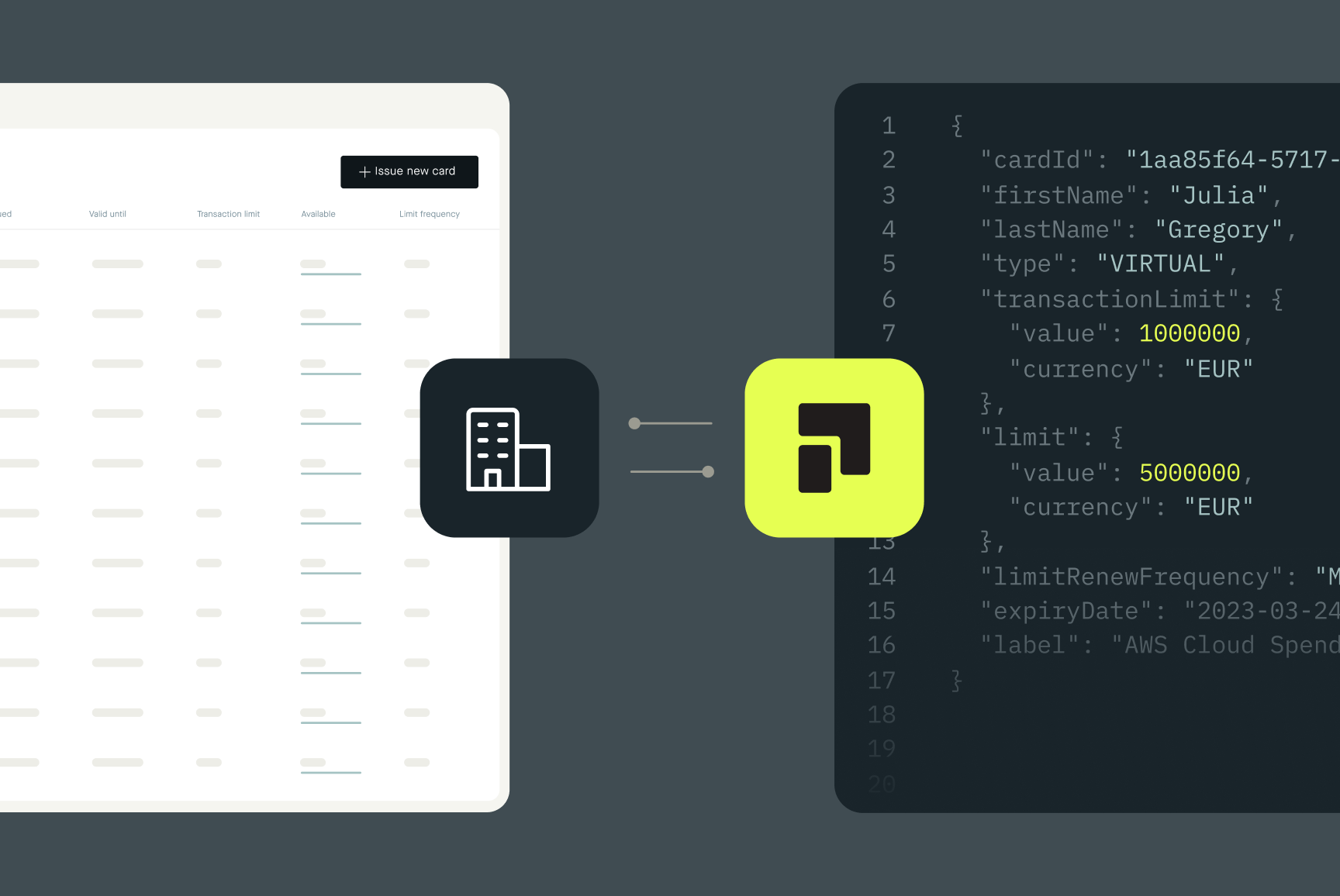Sustainability: How to become a green company?
In this day and age, it is crucial for businesses to develop an effective strategy to reduce their carbon footprint. Fortunately, we’ve gathered the best tips for turning your business into a green company in 2023.


Environmental Fallout
In 2020, greenhouse gas emissions decreased 5% as a result of the lockdowns caused by the most recent global health emergency.
Unfortunately, in 2021, upon resuming activities, global carbon emissions from fossil fuels increased by 5.3%, breaking all-time records.
Since 1990, global CO2 emissions have increased by more than 60%. - Statista 2023
Is it expensive to become a green company?
A green company should focus on taking practical steps to preserve the environment. ♻️
And contrary to popular belief, taking small steps to make more conscious and sustainable environmental decisions doesn't require a large investment.
Change of mindset and habits is all that is required to get started.
It can range from the materials you use for the production of your goods, the packaging, the frequency with which your staff makes business trips, the culture your company has around sustainability, or the interest you have in supporting environmental causes.
Green companies vs. eco-friendly companies
Being eco-friendly and going green are two different things.
Eco-friendly practices have to do with making sure that the products a company uses do not harm the planet.
Green companies, on the other hand, focus on sustainability.
This means that they are concerned with making conscious decisions in their day-to-day activities so that future generations don't suffer the consequences of careless environmental practices.
But, how to take action when you don't know the basics?

What is the carbon footprint (a.k.a. CO2 footprint)?
First of all, let's take a brief moment to clarify this term.
Broadly speaking, the carbon footprint is a measure that quantifies the impact a business or any other activity has on climate change.
This represents the total volume of greenhouse gasses (GHG) produced by these activities.
These GHG emissions accumulate in the atmosphere, causing heat from the sun to be trapped in them, resulting in global warming.
What are the 5 main greenhouse gasses?
The main greenhouse gasses (GHG) are:
Water vapor (H2O)
Carbon dioxide (CO2) - from which it gets its name
Nitrous oxide (N2O)
Methane (CH4)
Ozone (O3)
What kind of GHG emissions does my company generate?
There are three types of emissions for calculating the carbon footprint:
Scope 1: these are produced by fuel combustion directly by the emitter. (i.e, production, fuel consumption, waste management, etc.)
Scope 2: they are generated indirectly by the electricity consumed and purchased by the emitter. (i.e, equipment used by the company, lighting, and heating)
Scope 3: these are produced by the activity of the emitter, but are owned and controlled by an agent outside the emitter. (i.e, business travel in vehicles not owned by the company, handling and transportation of raw material used for the production of products…)
With this in mind, you could probably have an idea of what category of scope your business might fall into.
About the GHG Protocol
The GHG Protocol was developed in 2001 by the World Resources Institute (WRI) and the World Business Council for Sustainable Development (WBCSD).
It is a standard for the calculation of an organization's carbon footprint.
The GHG Protocol is governed by the basic principles of:
Relevance
Completeness
Consistency
Transparency
Accuracy
Calculation tools approved by the GHG protocol
The Standard 3 is the only internationally accepted method to calculate the value of emissions generated by companies indirectly.
In 2015, the Greenhouse Gas Protocol in partnership with other companies launched the Scope 3 Evaluator, a free tool that allows businesses to effectively complete their inventories.
How do companies calculate their greenhouse gas emissions?
According to the GHG Protocol, companies can calculate their carbon footprint by multiplying the data resulting from a certain activity by its pertaining scope of emissions.
For instance, the emissions generated directly or indirectly by a company during business trips.
If you want to know how Pliant can help you calculate your company's GHG emissions, click here.
How can I contribute to my company's CO2 reduction?
Many entrepreneurs believe that green alternatives are costly, but this does not always have to be the case.
Opting for sustainable options for your company won't only make you feel good about yourself, but it will also make your staff feel proud of being part of an organization that is actually contributing to the conservation of the Planet.

Sustainable initiatives for a green company
Here's how you can get started:
1. Calculate your company's carbon footprint
As mentioned above, be sure to turn to experts for an assessment of your company's CO2 generation.
This way you will be able to know exactly what activities you should completely eradicate or take a different approach.
2. Reduce your company's waste and energy and water consumption
There are five sustainability metrics that will help you monitor your contribution to environmental degradation:
Climate risk
Carbon emissions
Energy consumption
Water usage
Waste and pollution
If your company's current practices check all the boxes above, then it is time for you to consider:
Use eco-friendly raw materials for your products.
Install solar panels.
Promote a culture of waste reduction by not using disposables.
Install water butts, a Cistern Displacement Device (CDD), and water saving nozzles in your office restrooms.
3. Support environmental causes
If the nature of your business makes it impossible for you to reduce your CO2 emissions generated by travel, for example, enroll in programs such as Pliant Earth that help you support environmental projects.
In an interview for Sustainablebanking.de, this is what our CEOs and founders, Fabian Terner and Malte Rau, had to say about Pliant Earth:
"Companies want to do something about climate change, but often don't know where to start or are afraid of doing it wrong. Often, it is the employees who would like to see a stronger commitment from their employer. The corporate credit card from Pliant now offers these companies a simple and effective way to get started: anyone who pays travel expenses with the Pliant credit card in the future can automatically neutralize CO2 emissions," says Malte Rau, CEO and co-founder of Pliant.
An easy-to-activate feature in the Pliant App takes care of calculating the CO2 offset. "The Corona crisis challenged many habits. In the lockdown, travel came to a standstill from one day to the next, and business travel no longer existed. It's not just with the post-pandemic openings that we're asking the question: do we really want to go back to the old everywhere?" says Fabian Terner, CPO and co-founder of pliant. And he adds "At Pliant, we therefore make companies an offer: CO2-neutral travel at no extra cost. Very easy to activate in our app."
Why is it important to evolve into a green company?
For starters, it's the morally right thing to do. ⚖️
In recent years, the unconscionable exploitation of our natural resources and the aggressive mass handling of livestock, has caused greenhouse gas emissions to reach record levels.
And although it may seem so, halting environmental degradation is by no means a buzz trend.
For more than 30 years, the UN has been fighting to get corporations and people around the world to take this issue seriously. And one of its most recent plans is to reach the so-called 'Net Zero' by 2050.
What is Net Zero?
Net Zero is about cutting greenhouse gas emissions to as close to zero as possible.
This is because the Earth is already warming by more than 1.1°C compared to the end of the 19th century.
In order to address the current global emergency, in 2015 with the Paris Agreement, the world population was committed to the following:
Reduce greenhouse gas emissions to 2 °C by 2030, reaching net zero by 2050.
Review countries' commitments every five years.
Provide financing to developing countries to enable them to mitigate climate change.
To date, 194 countries have signed the agreement.
According to the United Nations, more than 70 countries, including China, the United States, and the European Union – have set a net-zero target, covering about 76% of global emissions.
Final Thoughts
As you can see, the steps to becoming a green company are not as difficult as you may have imagined.
It is everyone's responsibility to preserve our environment. 💚
And you, as a company owner, have the power to make a change.
If you want to learn more about how to make sustainable choices for your business, contact our team of experts now!






